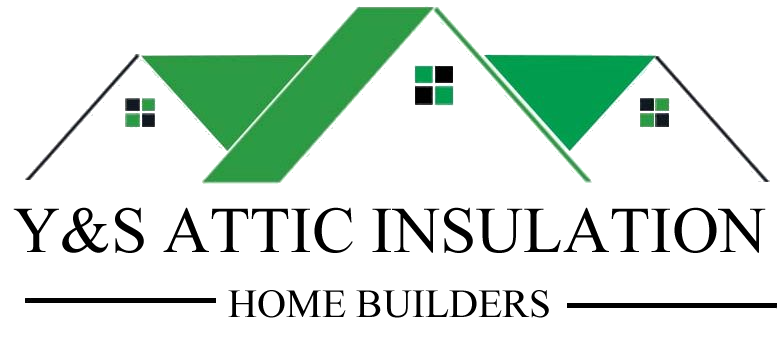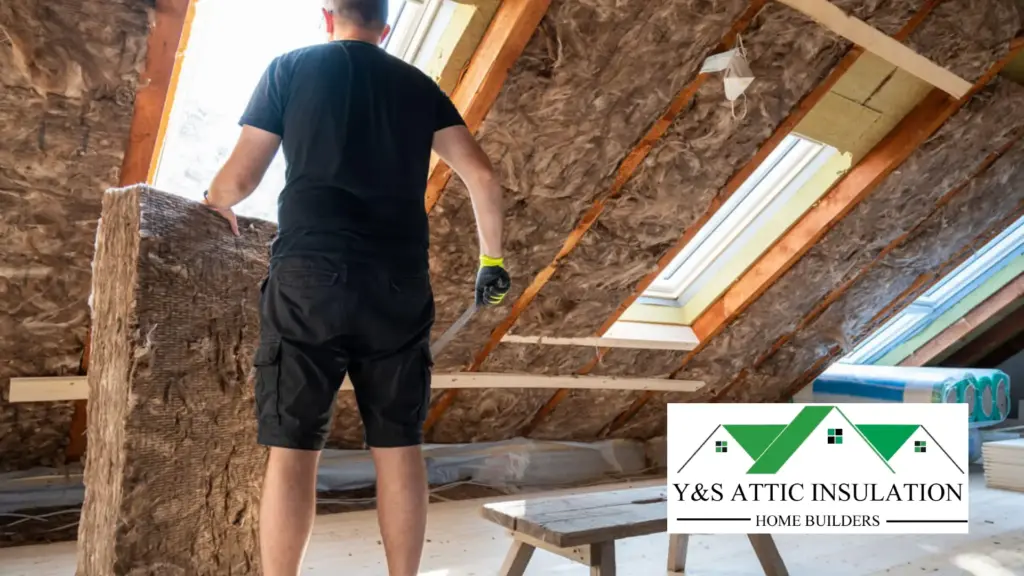Attic insulation is crucial for energy efficiency and indoor comfort, but regular maintenance is key to ensuring it performs well over time. Properly maintained insulation can help you avoid heat loss, manage moisture, and reduce energy costs. Here are some steps to keep your attic insulation in top condition for years to come.
Regularly Check for Moisture and Mold
Moisture is one of the biggest threats to attic insulation. If insulation becomes damp, it loses its ability to insulate effectively and can foster mold growth. Check your attic periodically for signs of moisture, including damp spots, water stains, or musty odors. Catching moisture early helps protect both your insulation and the structural integrity of your attic.
Ensure Proper Ventilation
Ventilation plays a crucial role in preventing moisture buildup. Make sure your attic has adequate airflow by keeping vents clear and unobstructed. Proper ventilation helps regulate attic temperature and reduces the risk of condensation, preserving the effectiveness of your attic insulation.
Inspect for Pests and Damage
Rodents and other pests can damage attic insulation by nesting in it or leaving droppings. Regular inspections help you catch any signs of pest activity, such as torn insulation, droppings, or small entry points. If you spot any issues, consider pest-proofing your attic to prevent further damage and keep your insulation intact.
Seal Gaps and Openings
Pests often enter through small gaps around pipes, vents, or wiring. Sealing these gaps with caulk or spray foam not only keeps pests out but also prevents air leaks, enhancing the insulation’s performance. Properly sealed openings help maintain the insulation’s R-value and overall efficiency.
Monitor Insulation Thickness and Coverage
Over time, attic insulation may settle or compress, reducing its effectiveness. Inspect the thickness and coverage of your insulation periodically to ensure it meets the recommended R-value for your climate zone. If insulation appears thin or uneven, consider adding more to maintain energy efficiency and keep your home comfortable.
Addressing Compressed or Thin Areas
If you find areas where insulation has settled or been compressed, refill those sections to restore adequate coverage. Maintaining uniform insulation levels across the attic keeps it performing optimally, preventing heat loss and reducing energy costs.
Check for Air Leaks Around Fixtures
Air leaks around light fixtures, pipes, and other penetrations in the attic can reduce the effectiveness of your attic insulation. Regularly inspect these areas and seal any gaps with weatherproofing materials. Reducing air leaks prevents conditioned air from escaping and helps your insulation perform at its best.
With regular maintenance, your attic insulation will continue to support energy efficiency, comfort, and indoor air quality. By monitoring for moisture, pests, and proper coverage, you can keep your insulation in peak condition and enjoy the long-term benefits of a well-insulated home.
Learn more about Attic insulation:
Common Attic Insulation Mistakes to Avoid for Maximum Efficiency

